The hardware on a modern smartphone is more than good enough to last for years. But instead of outdated specs, it’s the lack of updates, or the broken screen or battery, that stand in the way of long-term use.
According to data from Hyla Mobile, the average time that a smartphone is used in Q3 2021 is about 3.32 years. This is up from 3.13 years in Q3 2020 and much longer than 2.36 years in Q3 2016.
In other words, the last 5 years consumers keep their phones on average longer and longer.
While users have kept their phones longer, three years is a long time beyond what most manufacturers promise to update their phones.
Three years of OS upgrades is still the default for many flagship models, but for mid-range and affordable devices it could be even less.
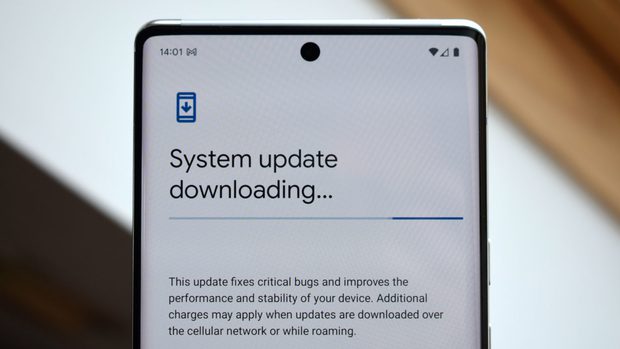
Apple and Samsung are the smartphone manufacturers that provide the longest-lasting support. Samsung promises 4 years of operating system updates and 5 years of security upgrades for its recent flagship and mid-range smartphones. Other brands don’t make such long-term commitments.
With users storing more and more personal data and sensitive information on their devices, including biometric information, banking information, the need to keep smartphones secure while they are in use. is absolutely necessary.
But brands should look beyond basic security patches, ensuring that their smartphones stay up to date with new features throughout their lifecycle. Combined with better repair services, modern smartphones will have a lifespan of nearly 5 years. Unfortunately, very few brands come close to meeting these criteria.
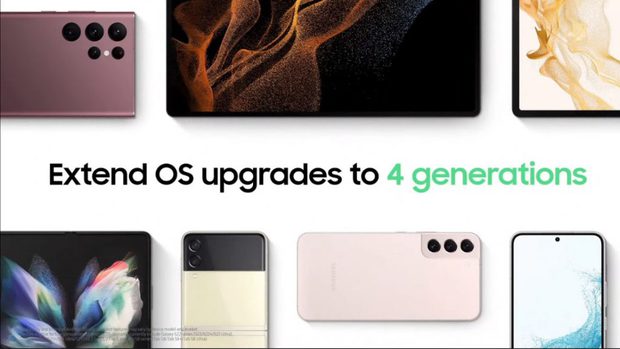
Performance is said to be the main driver of new smartphone purchases. However, any flagship smartphone from the last three or four years and mid-range models from about two years should still perform well for most everyday mobile tasks. Instead, it’s other components, such as the battery, that degrade much faster.
According to AndroidAuthority reviews, the latest Qualcomm Snapdragon 8 Gen 1 and Samsung Exynos 2200 have shown slow progress on the performance of the processors. If performance is already “good enough”, perhaps chip designers should focus on energy savings and long-term support.
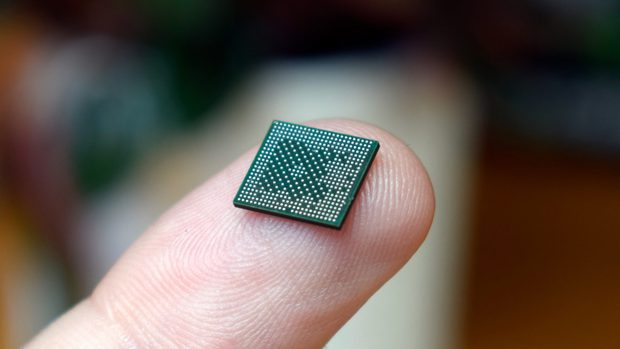
Slow to innovate, but prices are at all-time highs
It seems the innovation lag isn’t just limited to chips. The sound, camera, display, and countless other features haven’t changed drastically over the past few years, with only a few exceptions like the folding screen. Even 5G is not the game changer as it has been heavily touted. Charging capacity is the only arena where there are significant annual changes. But even so, we can only improve on charging time, while usage time is much more important.
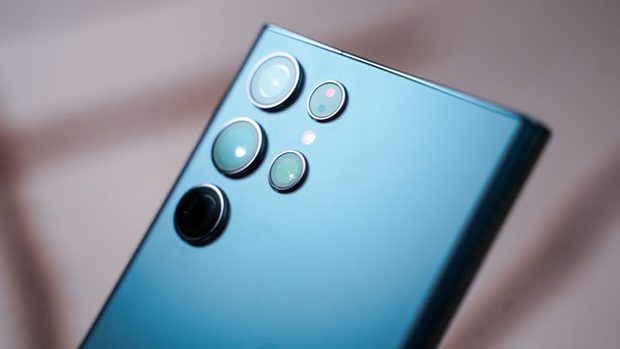
This is not to say that smartphones don’t improve every year; Improvements can be found on all aspects, from the camera to the display. However, these improvements are smaller than they were 5 years ago. Today, smartphones can get better with time and with fewer and fewer noticeable improvements, and small improvements make the cost more and more expensive.
Camera is an example. Limited space, combined with the cost of high-quality multi-lens systems, has resulted in a dearth of impressive hardware innovations over the past two or three years. Even Sony’s extremely expensive photography-focused Xperia Pro I didn’t really leave a mark. At the same time, computational photography has helped companies deliver good image quality with less hardware investment, such as Google’s Pixel 6 series.
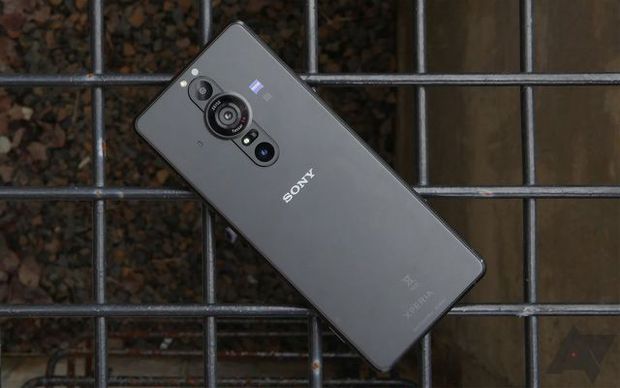
The price of a flagship smartphone can now exceed $1,400, having just passed the $1,000 mark in 2018. Not many consumers can afford to spend more than $1,000 on a bi-annual flagship and there are so many little incentive to do so when the equipment remains in good use over time. This is one reason that manufacturers should support smartphones for as long as users intend to keep them.
Environmental issues are more concerned
Research by the United Nations University (UNU) / United Nations Institute for Training and Research (UNITAR) in 2020 gives alarming numbers.
The most recent statistics in 2019 show that electronic devices generate 53.6 million tons of e-waste globally. Europe produces the most with 16.2kg per person, the US is 13.3kg. The volume is expected to grow to 74 million tonnes globally by 2030.
Importantly, e-waste includes precious metals, such as copper and gold, and critical raw materials such as cobalt and palladium. These are finite and expensive resources that are labor intensive to mine and refine.
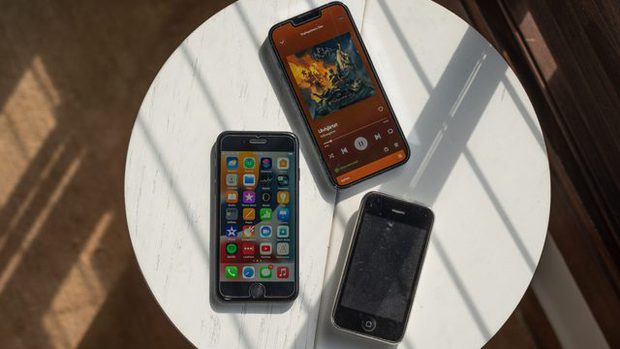
According to the report, the world consumed 39 million tons of raw metal for electronics in 2019, but up to 25 million tons of this could be obtained from e-waste under ideal conditions.
83% of e-waste is never recycled, which is estimated to be the equivalent of $47 billion thrown away.
Of course, smartphones only make up a small part of this total waste. Even so, alarming trends have prompted the European Commission to regulate e-waste from products capable of being charged. Europe is looking to force the use of USB-C ports for all new devices.
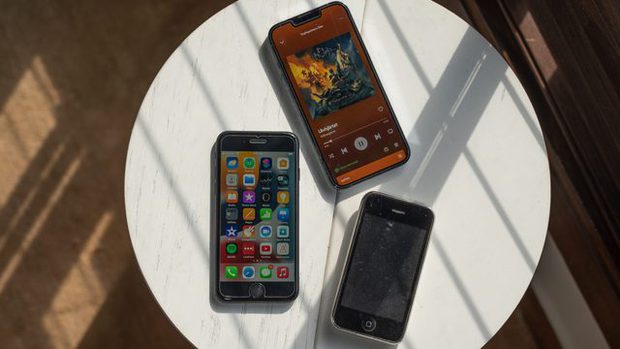
Phone manufacturers have shown concern for the environment by removing the charging cup from the product box. However, many brands are eco-conscious, while doing little to improve long-term product support, the most effective way to reduce e-waste.
Apple and Samsung’s growing trend of self-repair programs makes this even more possible than in previous years. Replacing old batteries and damaged screens can give your phone more life.
However, the current range of supported devices and parts from the official repair program is too limited to accommodate long-term repairs. But overall steps are moving in the right direction, at least from some manufacturers.
Smartphones should be built to last five years or more
The core of this opinion is that smartphone hardware has reached a stable level. From mid-range to flagships, hardware is now more than powerful enough to last several years without becoming obsolete to the point of unusable.
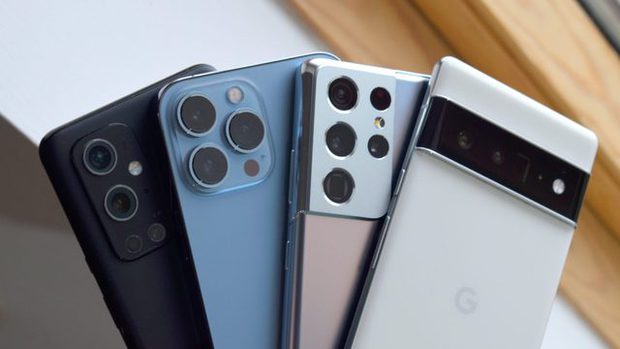
Whether it’s outstanding performance, cameras or battery life, the days of year-over-year breakthroughs are long gone. Users still expect impressive improvements, but they no longer suddenly turn old machines into obsolescence.
Therefore, modern smartphones should receive long-term software support and semi-annual security patches. In addition, repair services should also be upgraded if companies really care about e-waste.
at Blogtuan.info – Source: Soha.vn – Read the original article here



